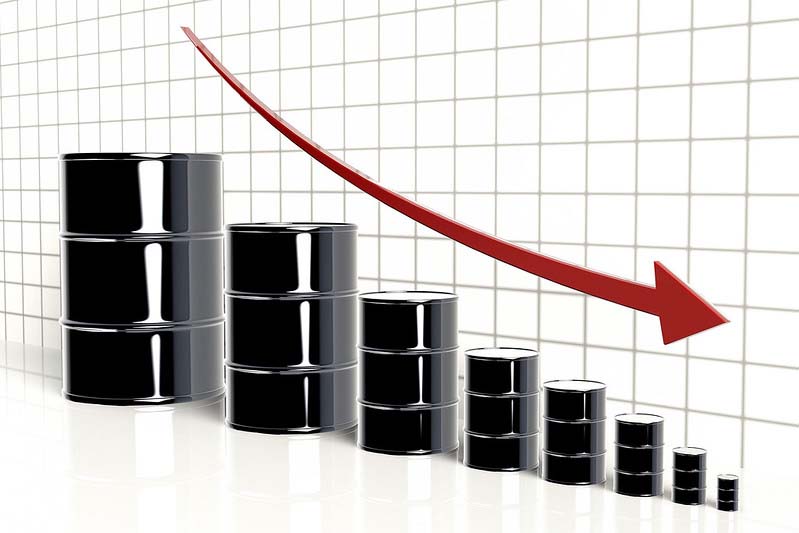
Carbon From Manufacturing
Solar panel manufacturing for both types requires a lot of energy. This electricity is mainly produced from high carbon emission fuels, such as fossil fuels and natural gas, the exact amount though depends on the country of manufacture. These carbon emissions do need to be taken into account as some panels produce more carbon during manufacturing than other panels, monocrystalline typically takes more energy to produce as the process of creating the single silicon ingot takes a lot more energy than the multi crystal process used in creating the silicon wafers for polycrystalline panels.
Carbon From Transport
The carbon emissions from transport also need to be taken into account as the farther from the sight of production they are being transported, the larger the carbon emissions from transport. A panel made in China, transported to the US is going to emit a lot more carbon in transport than a panel made in the US and transported somewhere within the US. This means that when looking to purchase solar panels, you should look for solar panels that are created nearest to you as to limit carbon emissions.


Carbon Reduction
Compared to other energy sources, solar is a great way to reduce your carbon footprint. In a study done by NREL (National Renewable Energy Laboratory), coal produces about 1000 grams of carbon dioxide per kilowatt hour whereas solar only produces about 40 grams of carbon dioxide per kilowatt hour. That's almost 100 times less carbon emitted. So, solar panels are not completely carbon free, but solar panels are still a great way of reducing your carbon footprint, and as we move to using more renewable energy, solar panels will become more and more carbon free.